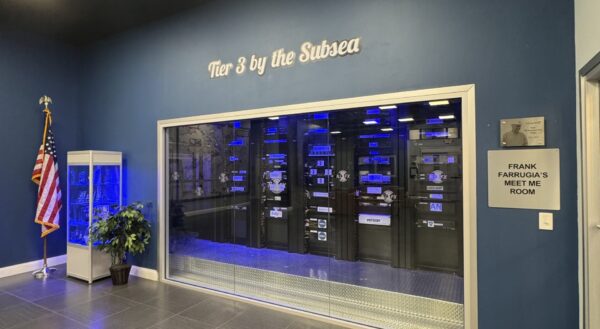
The AI-Ready Cable Landing Station is Coming
NJFX today announced the completion of a comprehensive Basis of Design for a new 10MW high-density AI data hall, delivering an expected 1.25 PUE and 8MW of usable IT load.
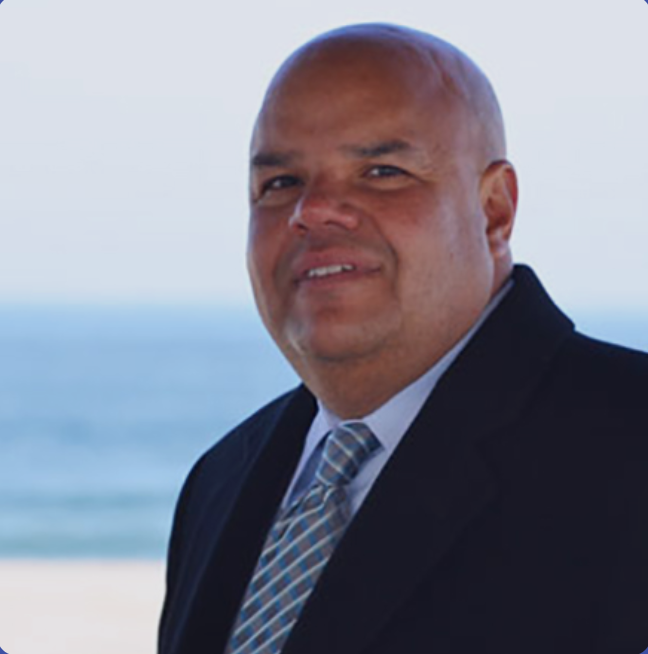
CEO
See the original article at SubCableWorld
December 11, 2017
Editor’s Note: NJFX exploded onto the submarine cable scene a little more than a year ago when it opened the first and still the only colocation campus to sit at a cable landing station in the U.S and offer Tier 3, carrier neutral data center capabilities. In recent months, the company has made a number of major announcements that continue to change the entire ecosystem of submarine cables, colocation and data centers in the New York City area.
I recently had the opportunity to speak with the CEO of NJFX, Gil Santaliz, about the company’s recent announcements: a new submarine cable system connecting NJFX’s colocation campus in Wall, New Jersey, with Long Island, and a new, direct way for carriers to reach the United States via the TGN-1/2 and Seabras-1 cable systems.
SCW:
Tell us something about the recent announcements concerning NJFX.
Santaliz:
The first news that came out recently was that Crosslake Fibre announced that they are running the first wet cable between New Jersey and Long Island. More specifically, that’s between the NJFX colocation campus in Wall, New Jersey, to the 1025Connect facility in Westbury, Long Island, a network-neutral Meet-Me Room for network interconnection and colocation. The 1025Connect facility is home to five subsea cable systems that regenerate there after they land in various parts of Long Island.
Shortly after that, NJFX announced that we now offer connections to strategic subsea cables TGN-1 & 2 and Seabras-1 via secure Network to Network Interfaces (NNI) at NJFX’s New Jersey campus. The NNIs contribute to guarantee increased performance, reliability and route diversity. The breakout capabilities allow carriers, service providers, content companies and enterprises high capacity, while eliminating traditional points of failure when providing US-Europe, US-Brazil, US-Asia connectivity. TGN-1 & 2 cables are submarine cable systems connecting Highbridge, UK, to Wall, New Jersey. Seabras-1 is a 10,500-km fiber optic cable that connects Sao Paulo, Brazil, to the United States. It offers connectivity to financial markets and other Latin America enterprises and bypasses the Atlantic hurricane zone.
These announcements are about adding to the architecture of how global networks really need to work. You have traffic coming in from Europe and Brazil and NJFX is connecting the cable landing stations with Crosslake Fibre’s assets. We’re seeing an incredible investment by US carriers building more capacity, more cable landing stations, offering all the important services to financials and other large customers — more options than they’ve ever seen before. This is because networks are no longer nice to have. They have to work all the time. You need to have diversity. You need to be able to stay operational if one subsea cable goes down or if one US carrier has a problem. There can’t be a hiccup. You have plenty of diversity across the ocean and we have options to bypass Manhattan. Manhattan is no longer a single point of failure in the United States.
SCW:
You’re talking about changing the way we do things. What impact has the Internet had on international services?
Santaliz:
It wasn’t that long ago that the Internet was just email. Now it’s live broadcast. Now it’s applications. Now it’s companies tapping into other entities around the globe to perform services that were previously done next door. It’s about looking for optionality whether it is going to Uruguay or Argentina or having a call center in Panama or tapping into resources in France or Frankfurt or having computing available in Ireland. In order for this global ecosystem to work we have to get to places. We must have a robust architecture. The days of monopolies that restrict how you can invest in architecture are gone. We really believe in net neutrality. NJFX is all about not competing with its customers but finding ways to help them create new architecture and not slow them down or restrict them or put rules on them.
I expect to be in a driverless car in the next five to ten years, making my life a lot easier as I get older. The last thing I want to hear is that my car won’t work because they lost some application that was being supported out of France or Frankfurt and there is no connectivity and the cars aren’t working. Or my Internet of Things is not working. We need to modernize our infrastructure to support how important it is that these things continue to work.
SCW:
There is more to this than just NJFX’s facility. You work with some key players in the fiber marketplace.
Santaliz:
We’ve had some great calls recently with Tata. Tata is a minority partner in NJFX and they support what we are doing. Together we can provide what customers want with a wide variety of options.
You need to have options to work with the best of providers, options like the Crosslake system being put in. That’s what makes sense. If they want to make the investment and work the niche market, allow them to do it. Embrace the change.
Being a customer of NJFX gives you the benefit of working with all of our backhaul providers – Zayo, Windstream, Comcast, Lightower Fiber Networks, Cross River and others – figure out who has the best solution for what the customer needs, put it together and present it as a solution that makes sense and all of a sudden it’s much better than “here’s the best that I have on my assets only.” If I have a carrier-neutral partner next door, we’re pulling in all those individual entities to create the best solution.
We’ve been at this for two years working with our community and everyone’s bought into the concept of bypassing New York City. Picking a place where subsea networks exist, collaborating together, and finding ways to connect. Find out what your customer is trying to accomplish and then support it. We’ve got a great community that’s only going to grow from here.
On the subsea side, we have connections to TGN-1, TGN-2 and Seabras-1 that we have several members on. Telecom Italia Sparkle owns half of Seabras-1 and they come into our facility. They’re presenting their services using Seabras-1 all throughout Latin America, as well as now having an option on Crosslake Fibre to jump across to Long Island and have their capacity connect to subsea cables there that provide ongoing connectivity to Europe and the Middle East. We also have Aqua Comms that comes into NJFX with Epsilon as their retail arm for partnership. Epsilon resells to enterprise customers, while Aqua Comms focuses on being a carriers’ carrier only. And they have an incredible system, AEConnect, going from the US out to Ireland and from there to London and Marseilles. So we have access to four subsea cable systems in our building, but the number of players is a multiple of that because each cable has to start with several main operators and then goes out to hundreds of customers.
Telecom Italia has made a decision to drop capacity into NJFX where it can now compete openly with low-latency applications. We have a monopole that we are putting up on the building because we happen to sit in New Jersey and we have all of the financial exchanges that trade globally. Telecom Italia is now positioned to work with our US backhaul providers to offer low-latency options down to Brazil and the rest of Latin America. We are happy and proud to be part of that as we are a carrier-neutral spot. Telecom Italia will still maintain space in the Tata cable landing station, but they are now deploying their interconnections in our facility.
The revolution has started! Everyone has bought into the concept that NYC is something that you don’t need to go through. It’s nice to visit but you don’t have to have US and all that international traffic pass through two buildings in Lower Manhattan. We sit in the New York City metro area that has a population of 65 million people and is very important to the United States. We can best serve that huge, dense population by adding diversity to the network. You don’t have to take all of your important assets and drop them in the middle of those 65 million people. Our thought in architecture is stop, take a deep breath, service that marketplace from various key points, triangulate it so that if one or two PoPs are impacted you’re not going to lose services to 65 million people, much less the trading that sits behind that. So it’s all about network architecture.
SCW:
What does 2018 have in store for NJFX?
Santaliz:
By the middle of 2018, I expect that we will be leasing out blocks and lots for data centers, new cable landing stations, business continuity sites – things that are assets to subsea networks. I want to give Ashburn a run for its money. This is a way that we can provide some diversity to Ashburn because we are going to have all of the connectivity they have plus more. We’re going to have space now for caching applications that serve the region, as well as the rest of the US, and offering diversity. In terms of Ashburn, we’re not going to compete with them on electricity and data center space – they have an incredible infrastructure in Ashburn. What we will do is offer diversity. We can say, “If Ashburn has a problem, we don’t have a problem.” Our campus is the answer to diversity for Ashburn. We have four subsea systems coming to our facility, all directly bypassing New York, and the future looks bright so stay tuned!
###
About NJFX:
NJFX is a Tier 3 Carrier Neutral Cable Landing Station campus. Our colocation ecosystem has expanded to over 35 network operators offering flexibility, reliability, and security. Our Wall, NJ location provides direct access to multiple subsea cable systems giving our carriers diverse connectivity solutions and offers direct interconnection without recurring cross-connect fees.

NJFX today announced the completion of a comprehensive Basis of Design for a new 10MW high-density AI data hall, delivering an expected 1.25 PUE and 8MW of usable IT load.
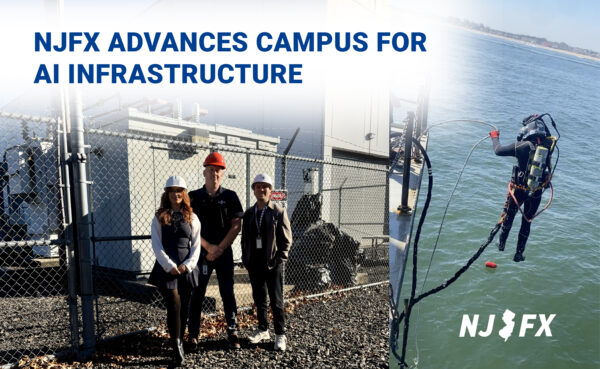
NJFX today announced the completion of a comprehensive Basis of Design for a new 10MW high-density AI data hall, delivering an expected 1.25 PUE and 8MW of usable IT load.

Red Sea conflict threatens Key Internet Cables. Maritime attacks complicate repairs on underwater cables that carry the world’s web traffic.
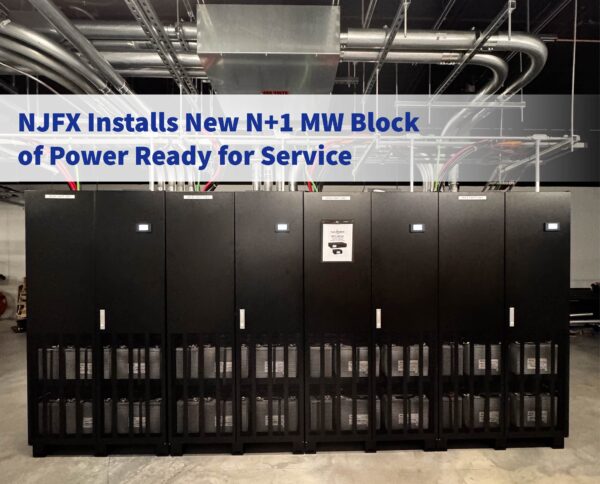
Red Sea conflict threatens Key Internet Cables. Maritime attacks complicate repairs on underwater cables that carry the world’s web traffic.
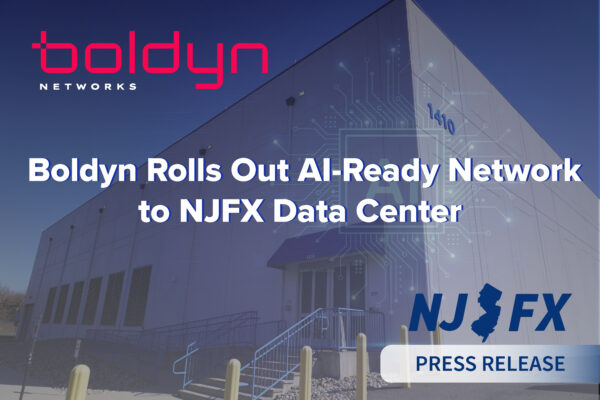
Red Sea conflict threatens Key Internet Cables. Maritime attacks complicate repairs on underwater cables that carry the world’s web traffic.
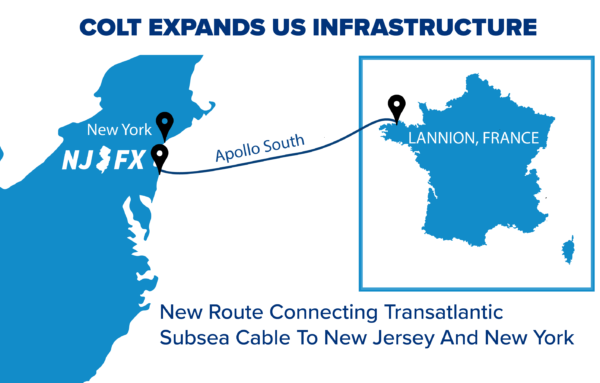
Red Sea conflict threatens Key Internet Cables. Maritime attacks complicate repairs on underwater cables that carry the world’s web traffic.
